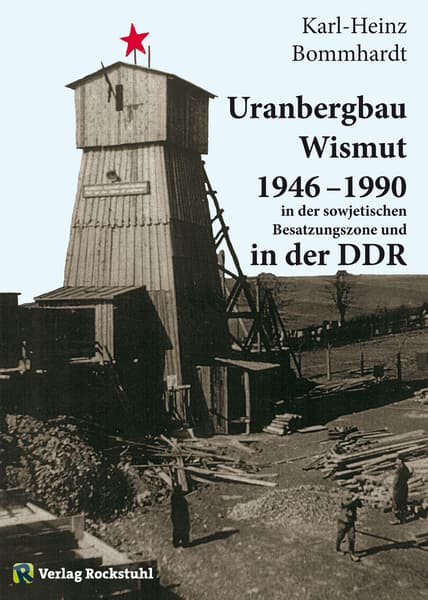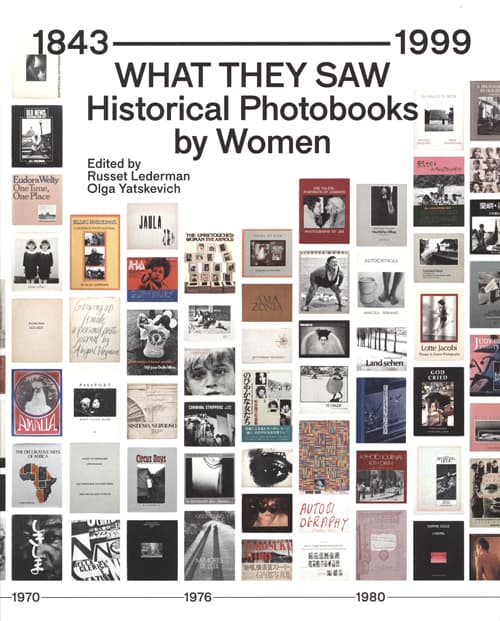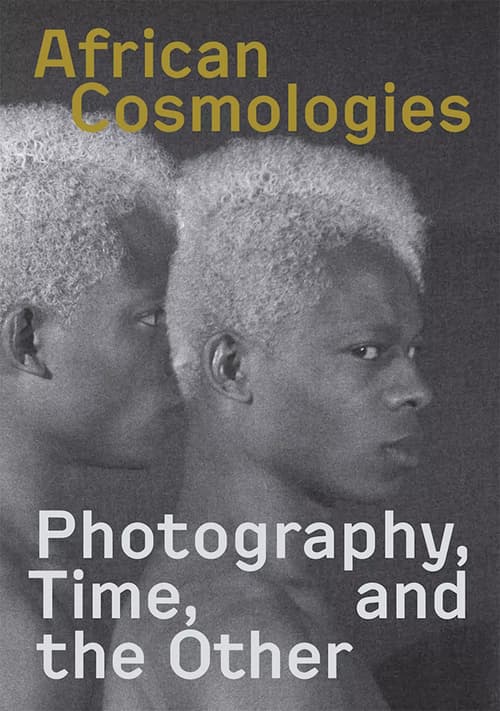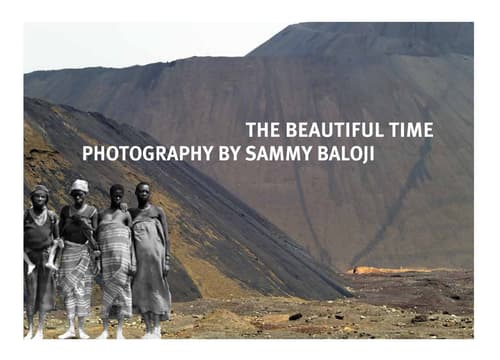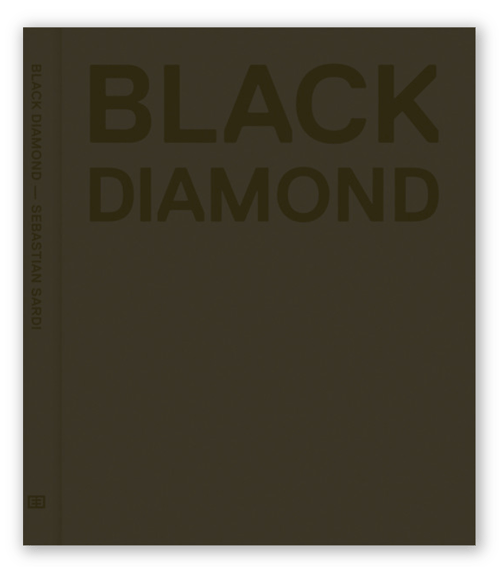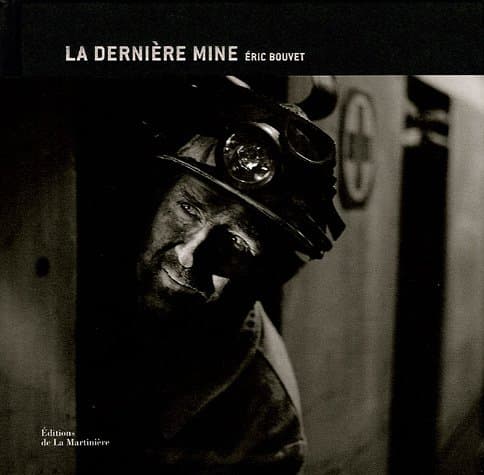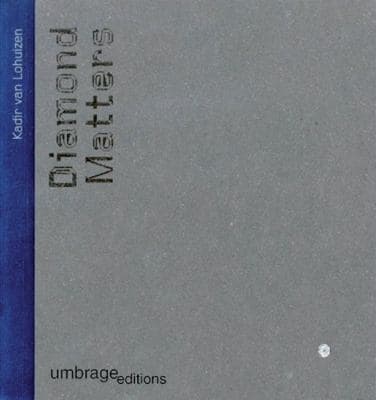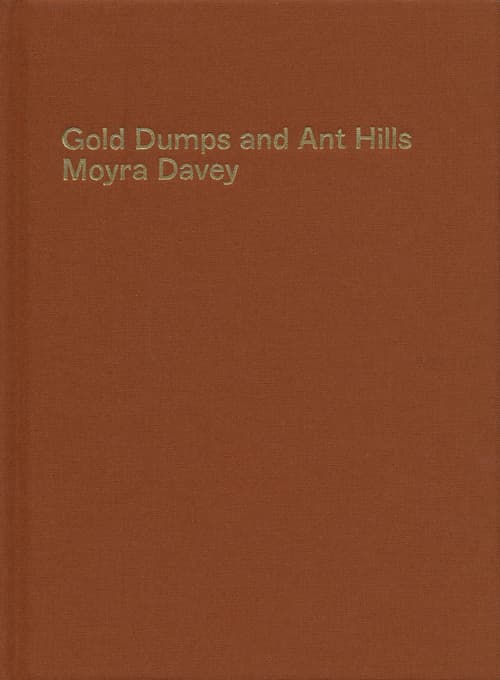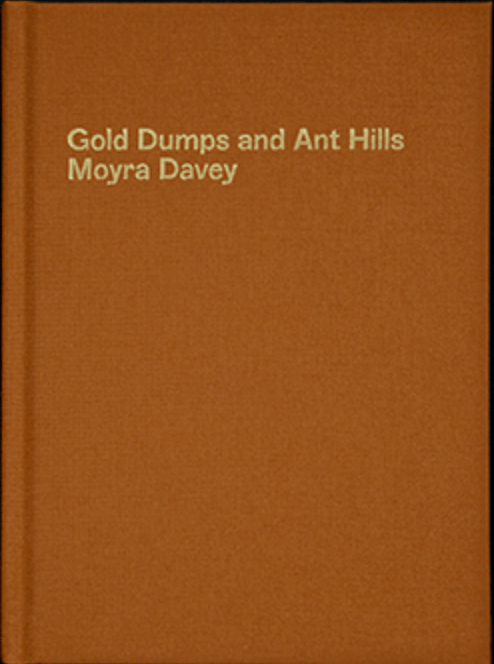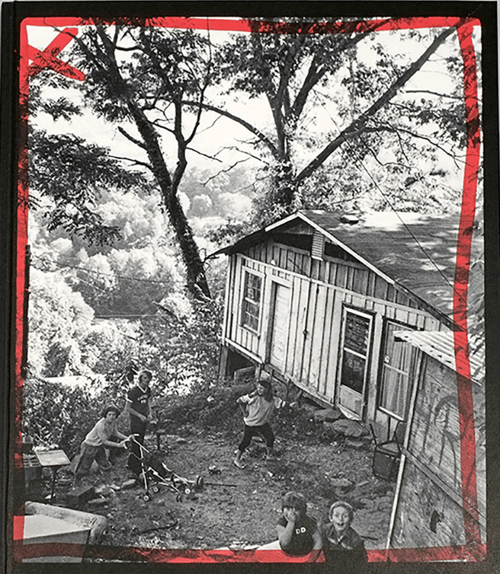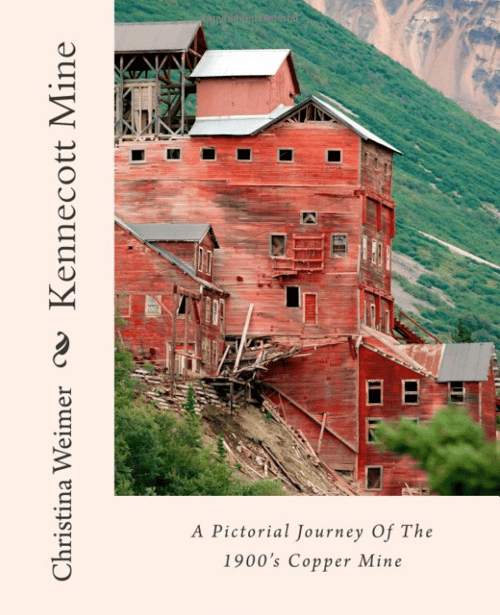Publisher Note
Wismut (bismuth, which is the chemical element of atomic number 83, a brittle reddish-tinged grey metal)
was the code name of a large Soviet or Soviet-German company for uranium mining and processing.
Wismut GmbH is the German company that has been entrusted with the removal of the legacy of SAG / SDAG Wismut. For many thousands of working people, Wismut was also a term used to identify their professional development. "The bismuth" stood for all operations of the large mining company. The many thousands of employees in the company identified themselves with the code names and developed a strong sense of professional pride. The aim of the company was to mine, enrich and deliver uranium ores in a concentrated state to the Soviet Union. Uranium was a taboo word with bismuth. Almost everyone in the former GDR knew that uranium ores were being mined at Wismut.
Even when I was a child, people spoke of the fact that Dittrichshütte in the Thuringian Forest was mining peace bomb ore. Every child who had looked at their school atlas with interest should have known that not insignificant amounts of uranium were mined in the GDR. In the geography atlas, the GDR was shown as an important uranium producer and the main mining areas could be seen on the map of the GDR's economy.
Only with bismuth was uranium a taboo word. This taboo meant that the activity of the Wismut was surrounded by a haze. The Wismut were not only the mining operations and processing plants in Saxony and Thuringia. The Wismut empire also included an efficient construction and transport company, mechanical works, an exploration company and a large number of other facilities.
More than 100,000 employees ensured that the raw material for the Soviet atomic bomb program and for the production of atomic energy was provided.
I tried to show these connections. At the beginning of the work, I had no idea what size my project would take in order to work out an understandable presentation.
__
Karl-Heinz Bommhardt was born in 1936. He grew up in modest circumstances and spent his childhood and youth in the provincial town of Rudolstadt. After graduating from high school, without a place to study or work, Karl-Heinz Bommhardt became a miner in 1954. The following year he was hired by SDAG Wismut. He began as a promoter, qualified as a cutter and geophysicist. After studying at the Institute for Ganger Ore Mining, he first worked as a foreman, project engineer and skin technologist before he was employed as a production manager. From 1977 Bommhardt was responsible for the development of the most modern mining company of SDAG Wismut. In 1991 he retired from professional life. He used his in-depth mining knowledge to write about the Wismut as an insider.
Uranbergbau Wismut 1946–1990
— in der sowjetischen Besatzungszone und in der DDR
edited by Karl-Heinz Bommhardt
| Publisher | |
|---|---|
| Release Place | Bad Langensalza, Germany |
| Edition | 1st edition |
| Release Date | 2011 |
| Credits |
Editor:
Artist:
|
| Identifiers |
ISBN-13:
978-3-86777-332-4
|
| Work | |
|---|---|
| Topics | Coal Mines, Ddr, Mines |
| Language | German |
| Object | |
|---|---|
| Format | Hardcover |
| Dimensions | 14.8 × 21.0 cm |
| Interior | |
|---|---|
| Pages | 404 |
Web references
Verlag Rockstuhl